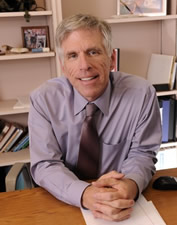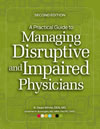Dr. Jeffrey Stone, DO, MPH, FCCWS, specializing in Wound Care and Hyperbaric Medicine, served as Medical and Fellowship Director for the Hyperbaric Medicine Unit at the Institute for Exercise & Environmental Medicine at Texas Health Dallas from 1992- May 2016. Dr. Stone received his medical degree from Western States University and received a Master of Public Health degree from Harvard University. Dr. Stone completed a residency in aerospace medicine at Brooks Air Force Base and a fellowship in hyperbaric medicine and Wound care at the U.S. Air Force School of Aerospace Medicine. Dr. Stone started visiting nursing facilities in the Dallas Metroplex in the early 1990's teaching, educating and caring for individuals with chronic wounds. He is one of the first 60 physicians in the U.S. to receive his certification in Wound Care. Dr. Stone currently provides care to patients in acute care, LTAC, long term care facilities SNF and Nursing Home) and outpatient care.
Dr. Stone has been widely published in many medical journals regarding his expertise in Wound Care and Hyperbaric Medicine. He serves as an Expert Witness for Peer Reviews, Legal Reviews, and Medical Malpractice Cases.
Areas of Expertise: Wound Care and Hyperbaric Oxygen-
- Pressure Sores
- Arterial Ulcers
- Diabetic Foot Wounds
- Acute Traumatic Ischemias
- Decubitus Ulcers
- Non-Healing Wounds, Venous or Arterial or Pressure Related
View Consulting Profile.
By: Dr. Jeffrey Stone
Thrombin and thrombin peptides play a role in initiating tissue repair. The potential safety and efficacy of TP508 (Chrysalins) treatment of diabetic foot ulcers was evaluated in a 60-subject, prospective, randomized, double-blind, placebocontrolled phase I/II clinical trial.
By: Dr. Jeffrey Stone
A wound patient plan of care is not complete without assessing the need for nutritional support. Wound repair, provided ot os not hindered by systemic or local factors that delay healing, takes place pn a continuum-all cellular events in the wound repair process follow a predictable course and order.
By: Dr. Jeffrey Stone
Adequate debridement, control of infection, off-loading of pressure, and appropriate topical management are the most important interventions in treating nonhealing wounds.










